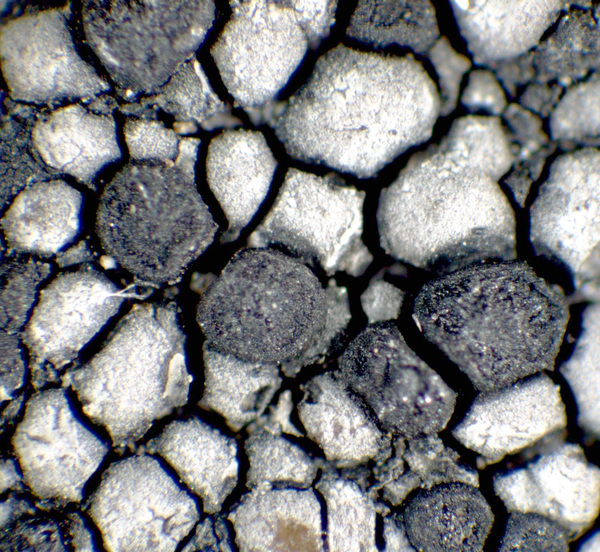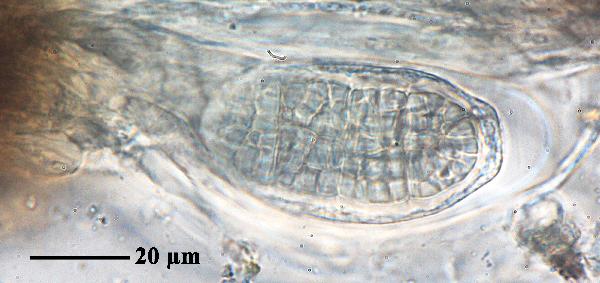Rhizocarpon disporum (Hepp) Müll. Arg.
Rev. Mycol., 1: 170, 1879. Basionym: Lecidea dispora Nägeli ex Hepp - Flecht. Eur.: nr. 28, 1853.
Synonyms: Lecidea montagnei Flot.; Rhizocarpon confervoides sensu A. Massal.; Rhizocarpon disporum var. irriguum (Flot.) Zahlbr.; Rhizocarpon montagnei Körb.
Distribution: N - TAA (Nascimbene & al. 2022), Lomb (Valcuvia & al. 2003, De Vita & Valcuvia 2004, Favero-Longo & al. 2023), Piem (Isocrono & al. 2004), VA (Borlandelli & al. 1996, Piervittori & Isocrono 1997, 1999, Piervittori & al. 2001, Revel & al. 2001, Matteucci & al. 2015c). C - Tosc, Laz (Genovesi & al. 2011), Sar. S - Camp.
Description: Thallus crustose, episubstratic, areolate, grey to grey-brown, often delimited by a black prothallus. Areoles flat to strongly convex, 0.2-1 mm wide, dull. Cortex poorly differentiated, brown in upper part, 5-15 µm thick, overlain by a c. 10 µm thick epinecral layer; medulla white. Apothecia lecideine, black, 0.4-1 mm across, with a flat to convex disc and a finally excluded proper margin. Proper exciple black in outer part, colourless within; epithecium red-brown to brown-black, K+ red; hymenium colourless, 100-150 µm high; tips of paraphysoids fused into a pseudoparenchymatous tissue; hypothecium brown. Asci 1-spored, clavate, fissitunicate, with a well-developed tholus, lacking an ocular chamber, Rhizocarpon-type. Ascospores muriform, brown to dark brown, ellipsoid, 48-78 x 18-33 µm. Pycnidia frequent, black, globose, mostly on the prothallus. Conidia hyaline, filiform, 8-14 x 0.3-0.6 µm. Photobiont chlorococcoid. Spot tests: K- or (rarely) K+ weakly to bright yellow, C-. KC-, P- or P+ reddish. Chemistry: with or without stictic or rarely norstictic acid. Note: a widespread, probably holarctic lichen of dry-continental areas, found on exposed surfaces of basic siliceous rocks; most frequent in dry-continental Alpine valleys.
Growth form: Crustose
Substrata: rocks
Photobiont: green algae other than Trentepohlia
Reproductive strategy: mainly sexual
Subcontinental: restricted to areas with a dry-subcontinental climate (e.g. dry Alpine valleys, parts of Mediterranean Italy)
Pioneer species
Commonnes-rarity: (info)
Alpine belt: absent
Subalpine belt: very rare
Oromediterranean belt: absent
Montane belt: rather rare
Submediterranean belt: rare
Padanian area: absent
Humid submediterranean belt: rare
Humid mediterranean belt: absent
Dry mediterranean belt: absent
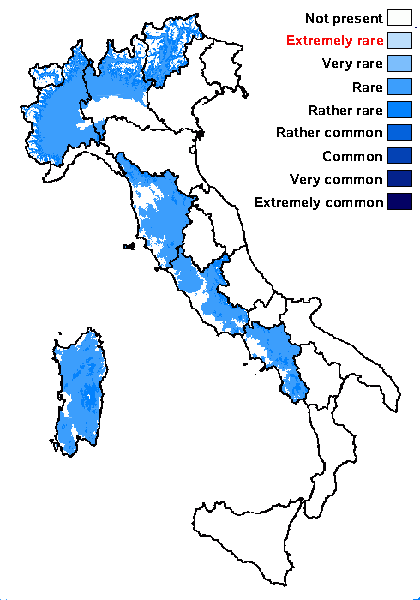
Predictive model
Herbarium samples
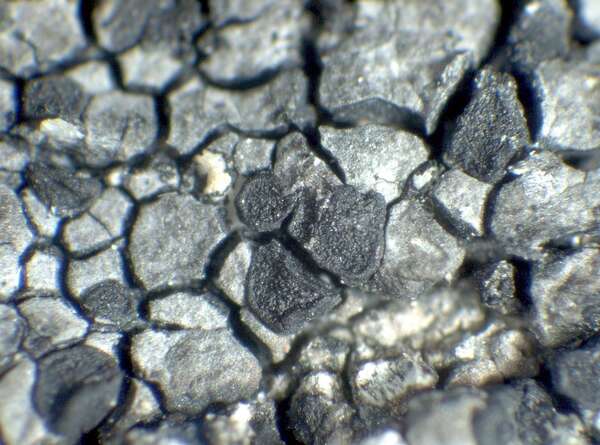

P.L. Nimis; Owner: Department of Life Sciences, University of Trieste
Herbarium: TSB (35204)
2002/07/09
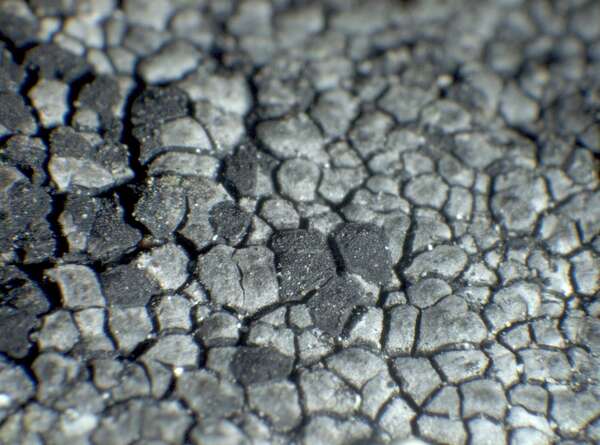

P.L. Nimis; Owner: Department of Life Sciences, University of Trieste
Herbarium: TSB (35204)
2002/07/09
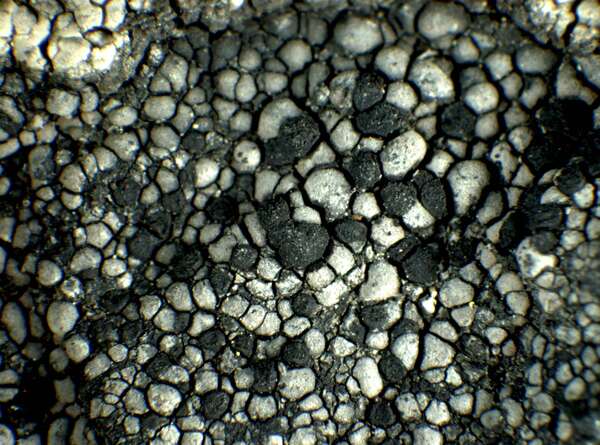

P.L. Nimis; Owner: Department of Life Sciences, University of Trieste
Herbarium: TSB (17903)
2001/11/30
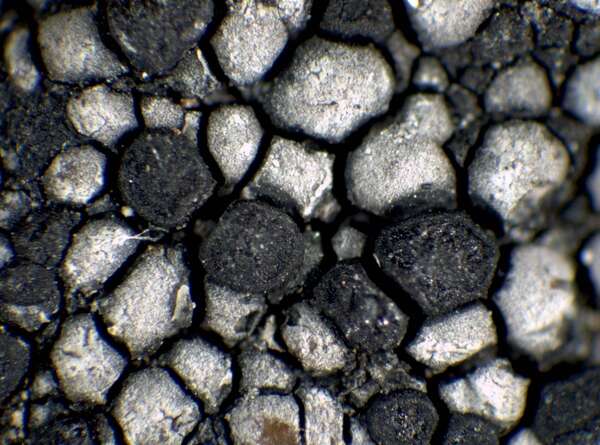

P.L. Nimis; Owner: Department of Life Sciences, University of Trieste
Herbarium: TSB (17903)
2001/11/30
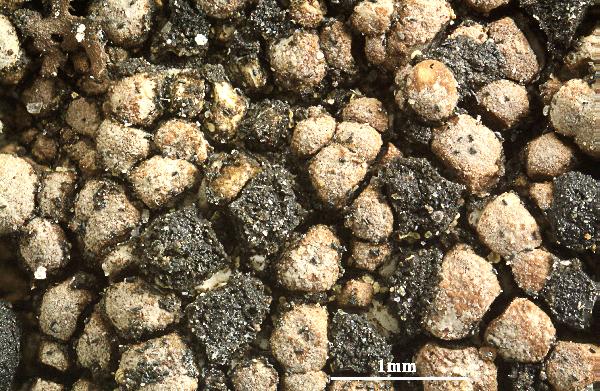

Felix Schumm - CC BY-SA 4.0
[4349], Schweiz, Kanton Graubünden, Unterengadin, Lavin, auf Granitblöcken
oberhalb vom Hotel Crusch Alba, ca. 1460 m. Leg. F.
Schumm (SVBL-Exkursion) 25.08.1995, det. Schumm. - Sporen
1/ascus, dunkel, 45-55.6 x 17.3-24 μm.


Felix Schumm - CC BY-SA 4.0
[4349], Schweiz, Kanton Graubünden, Unterengadin, Lavin, auf Granitblöcken
oberhalb vom Hotel Crusch Alba, ca. 1460 m. Leg. F.
Schumm (SVBL-Exkursion) 25.08.1995, det. Schumm. - Sporen
1/ascus, dunkel, 45-55.6 x 17.3-24 μm.
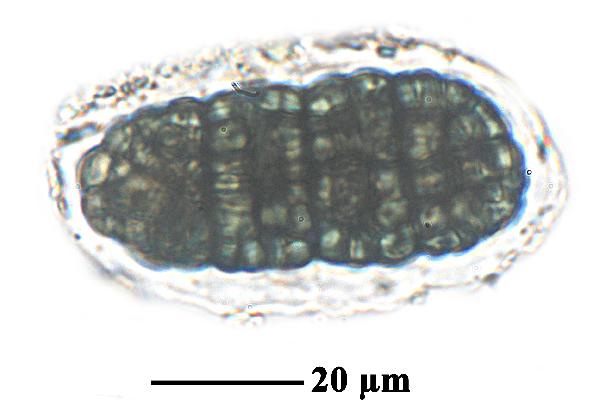

Felix Schumm - CC BY-SA 4.0
[4349], Schweiz, Kanton Graubünden, Unterengadin, Lavin, auf Granitblöcken
oberhalb vom Hotel Crusch Alba, ca. 1460 m. Leg. F.
Schumm (SVBL-Exkursion) 25.08.1995, det. Schumm. - Sporen
1/ascus, dunkel, 45-55.6 x 17.3-24 μm.
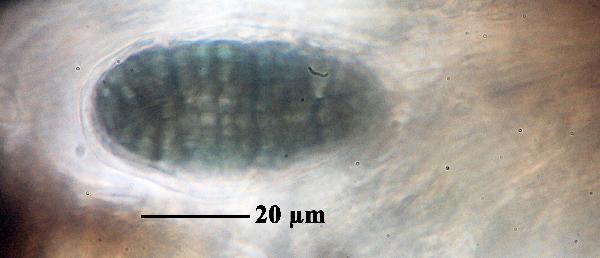

Felix Schumm - CC BY-SA 4.0
[4349], Schweiz, Kanton Graubünden, Unterengadin, Lavin, auf Granitblöcken
oberhalb vom Hotel Crusch Alba, ca. 1460 m. Leg. F.
Schumm (SVBL-Exkursion) 25.08.1995, det. Schumm. - Sporen
1/ascus, dunkel, 45-55.6 x 17.3-24 μm.
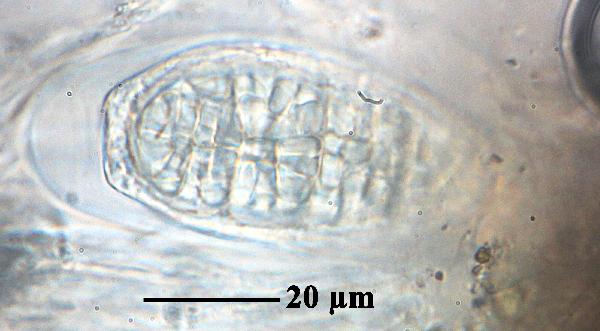

Felix Schumm - CC BY-SA 4.0
[4349], Schweiz, Kanton Graubünden, Unterengadin, Lavin, auf Granitblöcken
oberhalb vom Hotel Crusch Alba, ca. 1460 m. Leg. F.
Schumm (SVBL-Exkursion) 25.08.1995, det. Schumm. - Sporen
1/ascus, dunkel, 45-55.6 x 17.3-24 μm.
Growth form: Crustose
Substrata: rocks
Photobiont: green algae other than Trentepohlia
Reproductive strategy: mainly sexual
Subcontinental: restricted to areas with a dry-subcontinental climate (e.g. dry Alpine valleys, parts of Mediterranean Italy)
Pioneer species
Commonnes-rarity: (info)
Alpine belt: absent
Subalpine belt: very rare
Oromediterranean belt: absent
Montane belt: rather rare
Submediterranean belt: rare
Padanian area: absent
Humid submediterranean belt: rare
Humid mediterranean belt: absent
Dry mediterranean belt: absent

Predictive model
| Herbarium samples |


P.L. Nimis; Owner: Department of Life Sciences, University of Trieste
Herbarium: TSB (35204)
2002/07/09


P.L. Nimis; Owner: Department of Life Sciences, University of Trieste
Herbarium: TSB (35204)
2002/07/09


P.L. Nimis; Owner: Department of Life Sciences, University of Trieste
Herbarium: TSB (17903)
2001/11/30


P.L. Nimis; Owner: Department of Life Sciences, University of Trieste
Herbarium: TSB (17903)
2001/11/30


Felix Schumm - CC BY-SA 4.0
[4349], Schweiz, Kanton Graubünden, Unterengadin, Lavin, auf Granitblöcken oberhalb vom Hotel Crusch Alba, ca. 1460 m. Leg. F. Schumm (SVBL-Exkursion) 25.08.1995, det. Schumm. - Sporen 1/ascus, dunkel, 45-55.6 x 17.3-24 μm.


Felix Schumm - CC BY-SA 4.0
[4349], Schweiz, Kanton Graubünden, Unterengadin, Lavin, auf Granitblöcken oberhalb vom Hotel Crusch Alba, ca. 1460 m. Leg. F. Schumm (SVBL-Exkursion) 25.08.1995, det. Schumm. - Sporen 1/ascus, dunkel, 45-55.6 x 17.3-24 μm.


Felix Schumm - CC BY-SA 4.0
[4349], Schweiz, Kanton Graubünden, Unterengadin, Lavin, auf Granitblöcken oberhalb vom Hotel Crusch Alba, ca. 1460 m. Leg. F. Schumm (SVBL-Exkursion) 25.08.1995, det. Schumm. - Sporen 1/ascus, dunkel, 45-55.6 x 17.3-24 μm.


Felix Schumm - CC BY-SA 4.0
[4349], Schweiz, Kanton Graubünden, Unterengadin, Lavin, auf Granitblöcken oberhalb vom Hotel Crusch Alba, ca. 1460 m. Leg. F. Schumm (SVBL-Exkursion) 25.08.1995, det. Schumm. - Sporen 1/ascus, dunkel, 45-55.6 x 17.3-24 μm.


 Index Fungorum
Index Fungorum
 GBIF
GBIF
